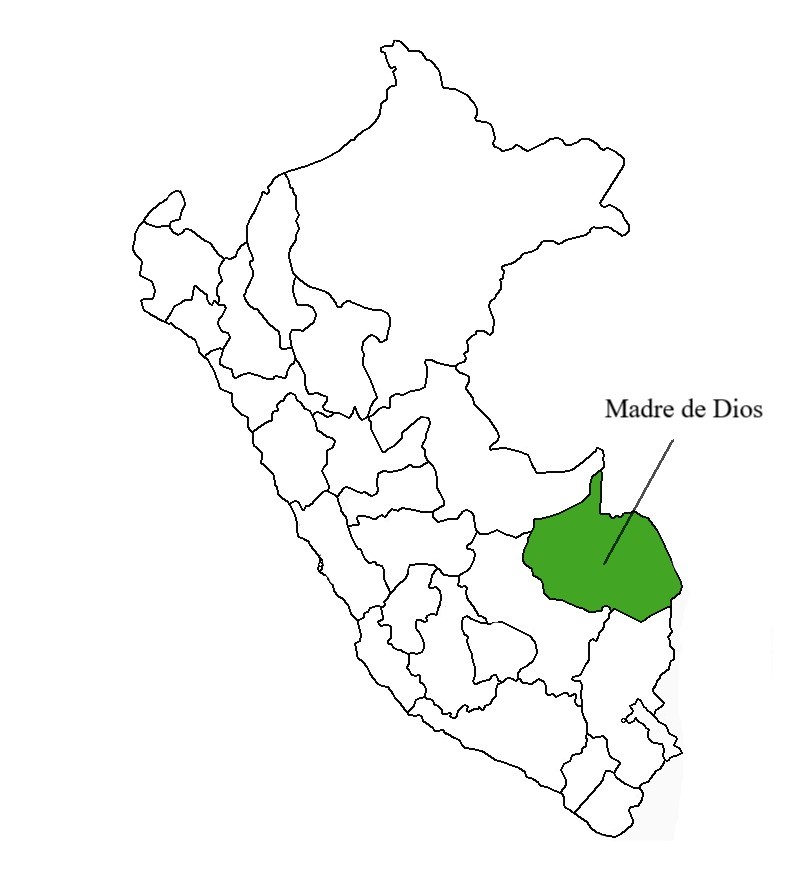Bertholletia excelsa
Under the scientific name Bertholletia excelsa, the seed comes from an immense and long-lived wild tree that is capable of reaching 50 meters in height. The Brazil nut tree (Chestnut) is one of the largest in the Amazon. They are ancient trees, since they can reach ages of 500-800 years. Madre de Dios is the only region in Peru that has chestnut trees.
Edible seeds are found inside of the fruit, similar to a coconut, and these are only produced in the wild. The fruit matures in 14 months, reaching a diameter of 15 cm, in which you can find between 8 to 24 seeds with 4 or 5 cm long each. A mature tree can produce between 200 and 400 fruits a year.

Functionality
The Brazil nut whose scientific name is Bertholletia excelsa is rich in proteins and essential amino acids. In addition, it provides vitamins such as vitamin C, A, B1, B2 and B6, which contribute to the proper functioning of the nervous system. It also contains minerals such as: magnesium, potassium, selenium, calcium, zinc, phosphorus, and iron.
Brazil nuts also called the Amazon chestnut is an energetic and nutritious food very rich in essential fatty acids (65-70%) and vegetable proteins (14-17%). It also has an important content in minerals, vitamins, flavonoids and fiber. It is ideal for people with nutritional disorders and is often used as an energy supplement in diets of athletes or those who exercise.
Benefits
- Antioxidant properties that improves the immune system.
- Controls hypertension.
- Benefits Blood sugar control.
- Helps in protein synthesis.
- Lower cholesterol.
- Reduces the risk of cardiovascular diseases.
- Regulates hormone levels.
- Protects and maintains skin health.

Suggested use
They are generally consumed as raw or roasted. Due to their excellent and wonderful flavor, they are used as an ingredient in sweet preparations or simply eaten individually accompanied by other drinks and foods.
*Be sure not to eat more than 2 or 4 per day to avoid selenium excess.
Presentations

Location


